Search
Looking for something in particular? Search for it here.
Looking for something in particular? Search for it here.
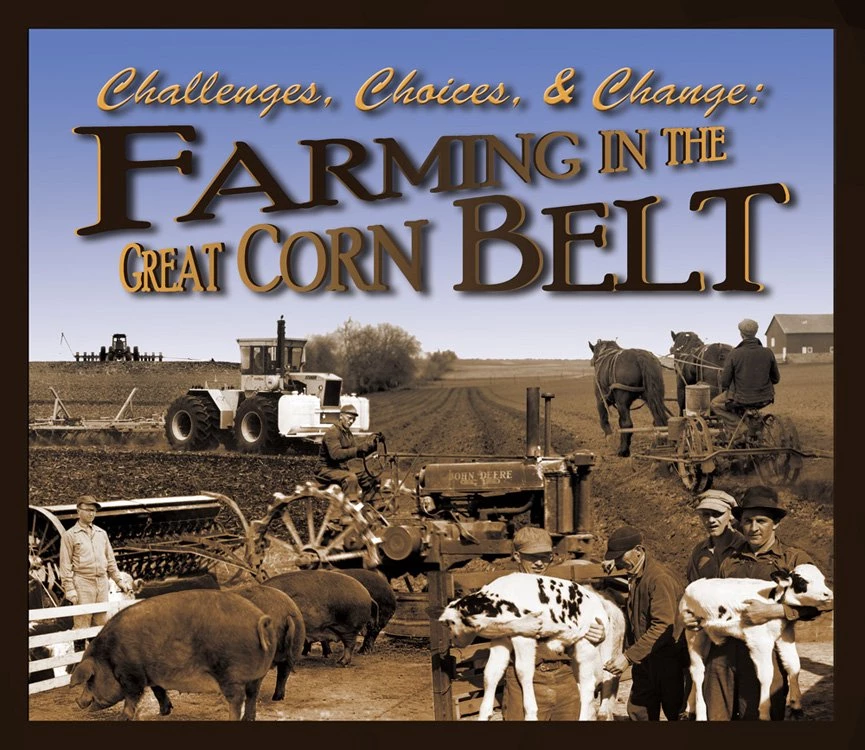
The land we call McLean County is the ancestral land of many Native groups, beginning with the Paleoindians 12,000 years ago, and most recently Algonquin-speaking groups, including the Kickapoo, who were forced west from this area in the 1830s. Other groups in this area include (but are not limited to) the Peoria, Kaskaskia, Piankashaw, Wea, Miami, Mascouten, Odawa, Sauk, Mesquaki, Lenape, Potawatomi, Ojibwe, and Chickasaw Nations. These lands were and are the traditional territory of these Native Nations prior to their forced removal; and these lands continue to carry the stories of these Nations and their struggles for survival and identity.
This statement was drafted in collaboration with Lester Randall, Tribal Chairman of the Kickapoo Tribe in Kansas, and Nichole Boyd, Director of the Native American House at UIUC.
Farming was the reason the first settlers who came to McLean County in the early 1800s chose to do so. They arrived after thousands of years of farming by Native people.
Like these early residents, McLean County farmers faced constant change and numerous challenges. The availability and cost of land, the arrival of the railroad, new science and technology, as well as economic and natural forces had a dramatic impact on their successes and failures. With determination, resourcefulness, and innovation McLean County farmers met these challenges.
As time passed, how they produced agricultural commodities, what they produced, and where and how those commodities reached regional and world markets changed dramatically.
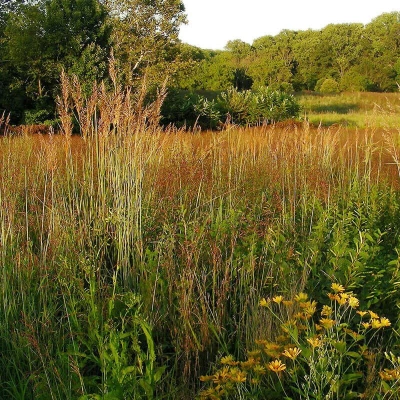
The Great Corn Belt is only great because of its incredible fertility. With good stewardship, farmers successfully produced commodities (crops and livestock) for a market that very soon reached far beyond McLean County.
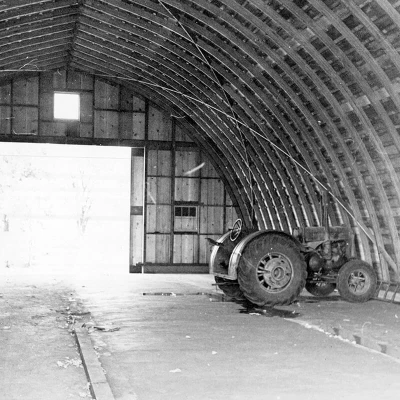
Whether by their own resources, bank loans, or later government programs, a farmer’s success at producing crops and livestock for market was dependent upon a source of capital, good choices, and in many cases, luck.
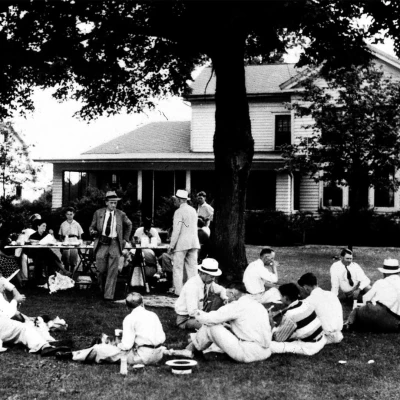
McLean County’s farmers had many resources available that enabled them to improve their farming methods, reduce costs and labor, and increase profits. One organization, the McLean County Farm Bureau, did more for McLean County farmers than any other.
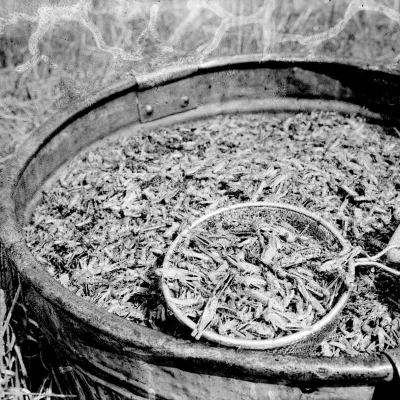
The McLean County farmers’ ability to make good choices drove their success or failure. But with no control over nature’s forces, how they reacted when bad weather, weeds, and pests threatened their crops and livestock could make a huge difference, or none at all.
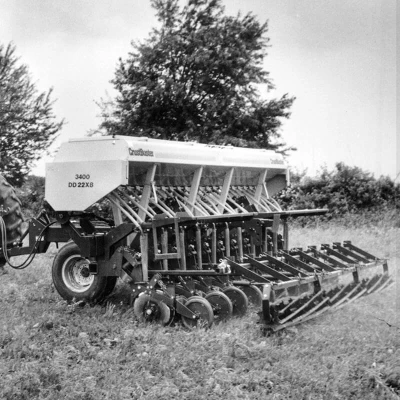
Frontier farmers relied on animal labor and hand tools. Then the railroad brought an influx of immigrants willing to work. In the 20th century, the number of farms and farmers in McLean County decreased, while the number of acres in a farm continued to rise.

The methods used to transport McLean County farmers’ crops and livestock, as well as the distance to markets, changed dramatically from 1823 to the present. Local farmers did their best to minimize marketing costs in order to maximize their profits.